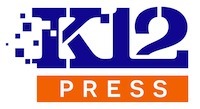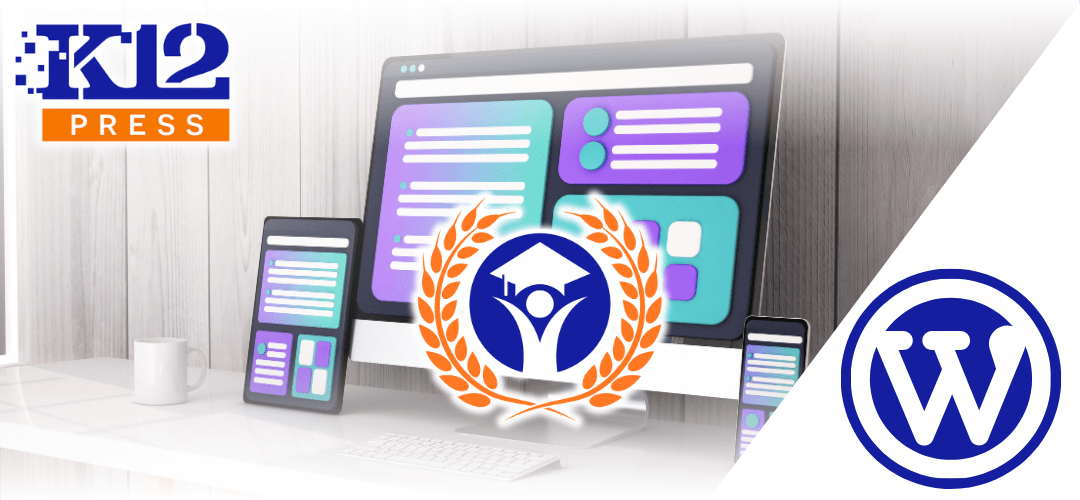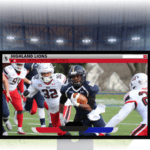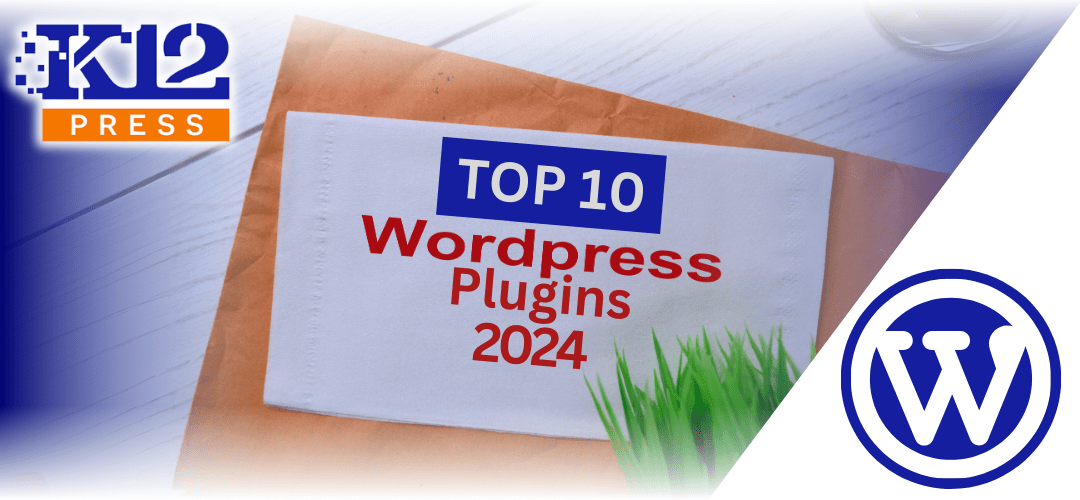A school website serves as the digital face of the institution, essential for engaging students, parents, and staff. WordPress offers a versatile platform for creating an intuitive, user-friendly school website. In this post, we’ll explore design and navigation best practices to ensure your school website provides a seamless user experience.
Understanding Your Audience
Before diving into design, consider the diverse audience accessing the site—students, parents, staff, and the broader community. Each group has unique needs, so design should prioritize clear navigation and relevant content for all visitors.
Design Best Practices
-
Responsive Design: Ensure your site is mobile-friendly, adapting seamlessly to different screen sizes. Most visitors will access the site on mobile devices.
-
Consistent Branding: Use your school’s branding consistently to build familiarity and trust. Incorporate logos, color schemes, and fonts that align with your school’s identity.
-
Clear Visual Hierarchy: Use headings, subheadings, and bullet points to break down information into digestible pieces. Highlight important updates and announcements on the homepage.
-
Accessible Design: Make your website accessible to all users, including those with disabilities, by implementing features like alt text for images and easy keyboard navigation.
Navigation Best Practices for User-Friendly School Website Design
- Simple Menu Structure: Organize your menu with clear, logical categories. Use submenus sparingly to prevent overwhelming users.
- Quick Access to Essential Information: Parents and students often seek specific information, like school calendars, staff directories, or enrollment details. Make these resources prominent and easily accessible.
- Search Functionality: Implement a search bar to help users quickly find the information they need.
- Call-to-Actions (CTAs): Guide users toward key actions, such as enrolling, donating, or contacting the school, with clear and visually distinct CTAs.
Content Management with WordPress
WordPress offers user-friendly tools for managing content. Non-technical staff can easily update pages, add blog posts, and share news, ensuring your website remains current.
Creating a user-friendly school website with WordPress involves thoughtful design and navigation choices to meet the needs of your audience. By following these best practices, you can build an accessible, engaging website that effectively serves your school community.
Ready to enhance your school’s online presence? Reach out to K12Press today for expert assistance in building a user-friendly WordPress website tailored to your school’s needs.














